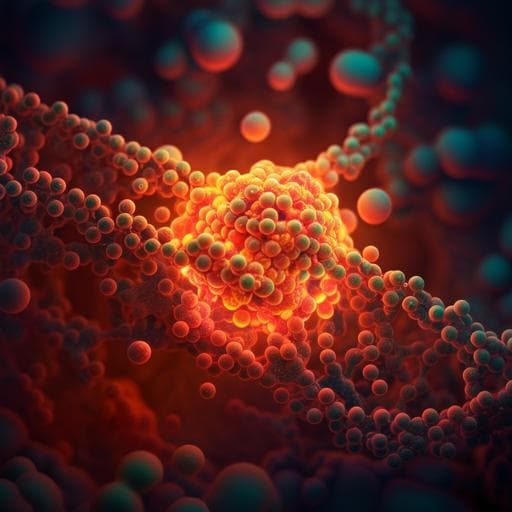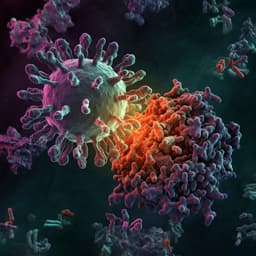
Medicine and Health
Efficacy of BioMin F and NovaMin toothpastes against *streptococcus mutans*: an *in vitro* study
H. D. Alomari, Y. A. Tolibah, et al.
This *in vitro* study, conducted by Haya Doura Alomari, Yasser Alsayed Tolibah, and Chaza Kouchaji, reveals the remarkable antibacterial prowess of BioMin F toothpaste against *Streptococcus mutans*, outshining both NovaMin and Signal toothpastes. With a mean inhibition zone diameter of 2.67 mm, BioMin F suggests a promising future in caries prevention.
~3 min • Beginner • English
Related Publications
Explore these studies to deepen your understanding of the subject.







